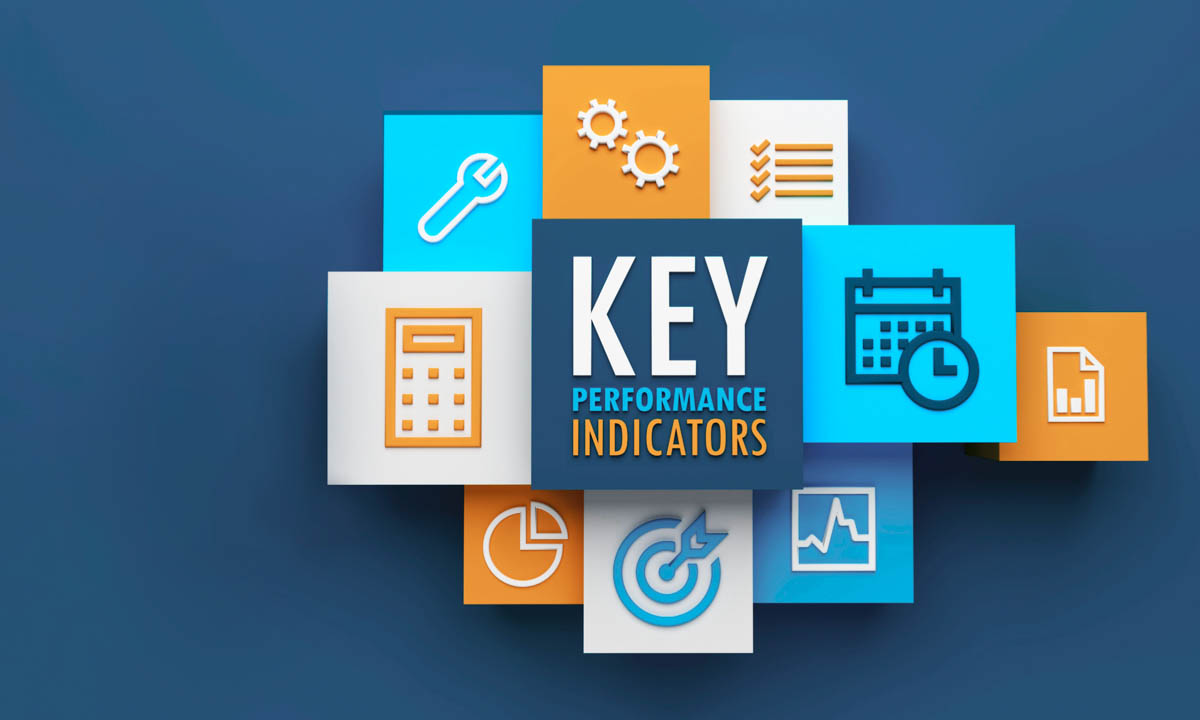In today’s fast-paced business world, measuring productivity is paramount. As a business leader, you need accurate performance insights to make informed decisions. And with productivity key performance indicators (KPIs), you can open up a whole new world of data.
In this article, we’ll take an in-depth look at how to measure team productivity with nine productivity KPIs every business should measure, along with steps to track them effectively.
What is productivity?
This may sound like an obvious question. But before you can accurately measure productivity, it’s important to fully understand what it is — and isn’t — in the business world.
Put simply, productivity is a measure of business performance that tells you how efficient your organization is at achieving desired outcomes. It reflects both the quantity and quality of work based on how effectively your company leverages people, processes and technology to achieve goals.
What are productivity KPIs?
Productivity KPIs are used to measure productivity and include a range of metrics to calculate how different employee activities contribute to overall performance. Regularly tracking productivity metrics across teams and individuals makes it easier to identify areas for improvement — and to help position employees for success.
Why should you measure productivity KPIs?
Without productivity KPIs, your efforts to drive efficiency would be based purely on observations. You could try to remove the guesswork by conducting weekly team syncs, one-on-ones and status updates. But you’d take up valuable work hours — and still not get the real-time, authentic insights you need.
Using KPIs to measure employee productivity and team performance will help solve this challenge. You’ll not only gain a clear picture of overall productivity but also see exactly where you need to improve.
Selecting the right KPIs for your business
Understanding the importance of productivity KPIs is great, but how can you start using them? And what, exactly, should you measure?
Start by examining your business objectives. What do you want to achieve? Are you striving to increase revenue, improve customer satisfaction or streamline operations? Identifying these goals first will help you narrow down the specific productivity KPIs that matter most to your organization.
Once you’ve defined your business goals, it’s time to select KPIs to measure. Every business is unique, and so are its measurement needs. Consider factors such as industry standards, internal benchmarks and the availability of data.
Some commonly used productivity metrics include:
- Employee productivity rate
- Average productivity rate
- Task completion rate
- Quality of work ratings
- Efficiency ratings
- Projects completed
- Goals reached
- Revenue per employee
- Schedule adherence
Next, let’s look at each of these in more detail.
9 essential productivity KPIs and how to measure them
These KPIs capture essential aspects of productivity, enabling you to assess employee performance, measure progress and identify areas for improvement.
1. Employee productivity rate
Arguably the most crucial productivity KPI, the employee productivity rate measures the output generated by each employee within a specific time frame. Tracking this KPI helps you identify high-performing employees and see who may need more training. To calculate employee productivity rate, divide your output — usually the number of goods or services produced — by the total number of employees generating it.
2. Average productivity rate
If you want to understand how employee engagement and productivity fluctuate from week to week, measuring your average daily productivity rate will help. This KPI shows how many hours a day people can perform productive work, and can reveal how employees spend their time. The most reliable way to track this KPI is with productivity management software designed to analyze activities in real time. With the software, you can see if people are more productive at a specific time in the day, which can help you set a flexible schedule that maximizes productivity.
3. Task completion rate
Task completion rate measures the percentage of assigned tasks successfully completed within a given period. This KPI shows how efficient your team members are at meeting deadlines. A high task completion rate is a sign that people have the resources they need to be as productive as possible, while a low one may indicate it’s time to revisit workloads. To calculate this KPI, divide the number of employees who successfully completed a task by the total number of all who attempted it.
4. Quality of work ratings
While quantity is important, quality is crucial for long-term success. By regularly measuring the quality of work, you can identify customer or employee satisfaction issues that have the potential to become bigger problems if left unaddressed. This KPI can be assessed through customer feedback and reviews, or by tracking the number of errors and defects in final products or services.
5. Efficiency ratings
If you want to empower employees to produce quality work, focus time is key. When people focus on important tasks for extended periods, the result is shorter deadlines and better results. By measuring efficiency, you can see when multitasking, notifications and other distractions get in the way. Like the average productivity rate, measuring efficiency will require specialized software designed to track focused time versus time spent in meetings or on multitasking.
6. Projects completed
This is the simplest KPI, which is used to show how many jobs are completed in a set period. It tracks productivity in its most basic form, and is typically used to answer one of two questions: How many products is your organization producing, or how many services have you provided? To calculate projects completed, simply count the number of projects completed for each week, month, quarter or year.
7. Percentage of goals reached
Outside of the cumulative number of projects completed or services provided, it’s useful to compare this figure against the goal or benchmark. Doing so allows you to see if an employee or team is exceeding or falling below expectations. To measure it, divide the actual achievement by your original goal and multiply by 100. So if your sales team made 100 calls when you were aiming for 90, you’d be at 111% of goal (100/90 * 100 = 111%).
8. Revenue per employee
Another way to measure productivity is to focus on revenue per employee. This metric gives you a basic understanding of how profitably your business is running. To calculate it, divide the revenue generated over a specific period by the total number of employees working during that time. For example, if you run a small company of 10 employees and you generated $1 million in annual revenue, the revenue per employee would be $100,000 (1,000,000/10=100,000).
Generally speaking, the higher the revenue per employee, the more productive your organization is. However, this won’t take into account if some employees are more productive than others, so take this figure with a grain of salt.
9. Schedule adherence
Schedule adherence is a great way to measure team productivity. This KPI measures how closely employees follow their planned work schedules, ensuring tasks are completed on time and workflows remain efficient. This KPI is especially valuable for teams with structured shifts, remote work arrangements or time-sensitive projects. Low adherence can indicate bottlenecks, distractions or unrealistic scheduling. On the other hand, high adherence suggests strong time management and accountability. By monitoring schedule adherence, leaders can identify trends and provide the necessary support to keep productivity on track without overburdening employees.
Identify and measure essential productivity KPIs with ActivTrak
Ready to elevate your organization’s productivity to new heights? With ActivTrak’s Productivity Management and Measurement Software, you can. We’ll track crucial workforce planning metrics for you, delivered in easy-to-understand dashboards. You won’t need to manually calculate KPIs or analyze the results — that’s what our real-time productivity management software is for.
Request a demo to learn how to start generating detailed productivity reports today.





